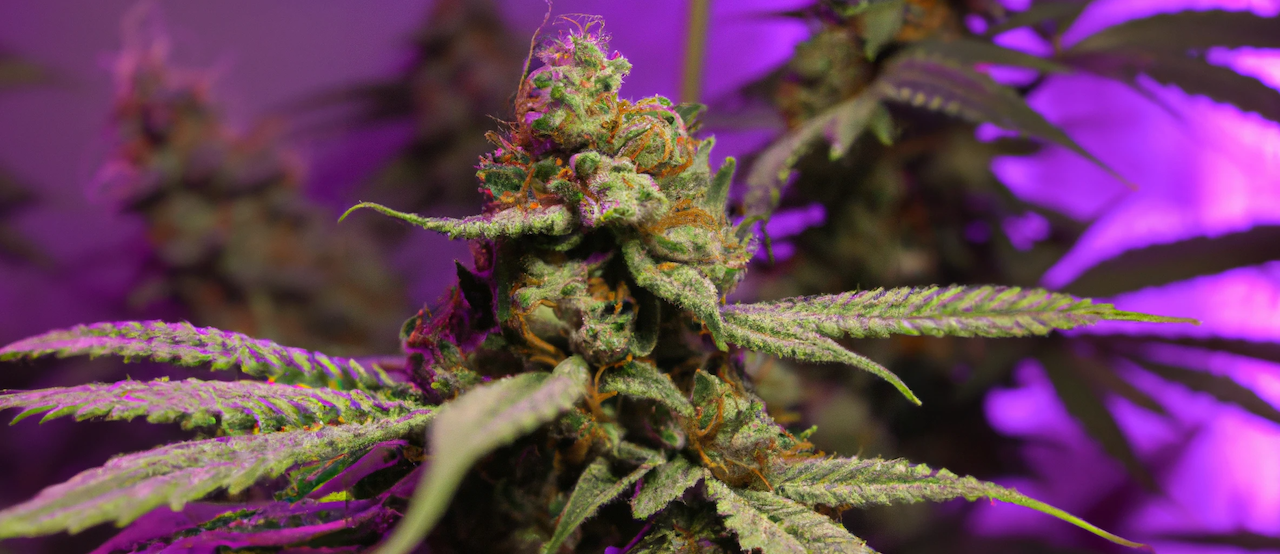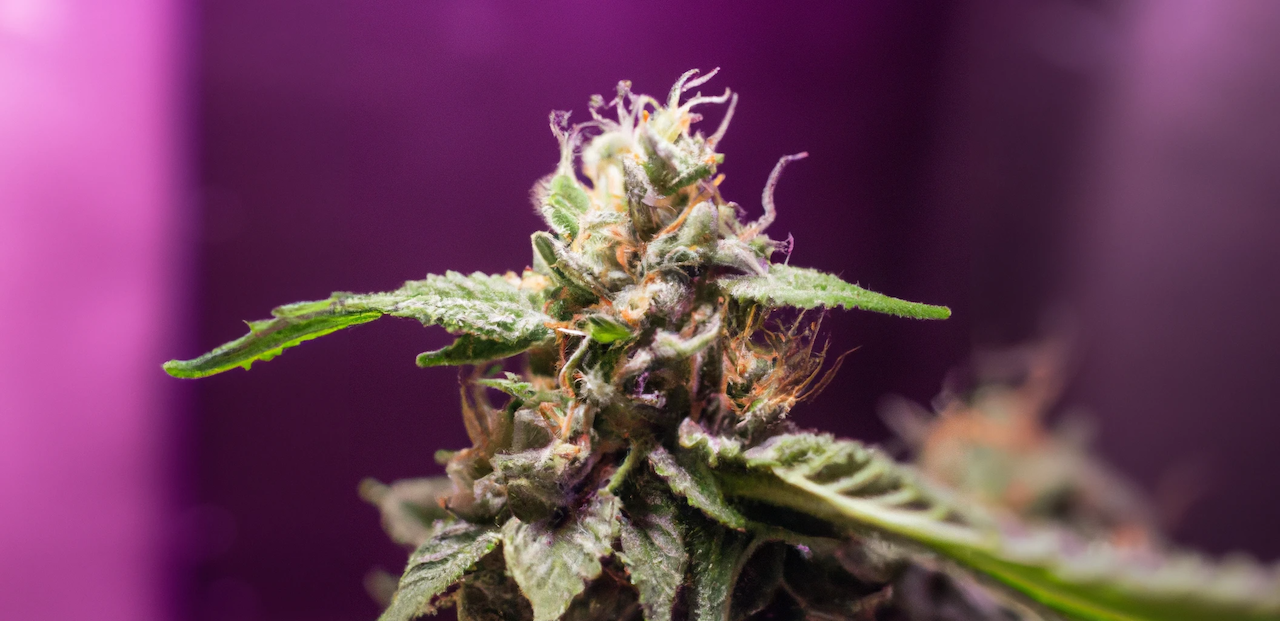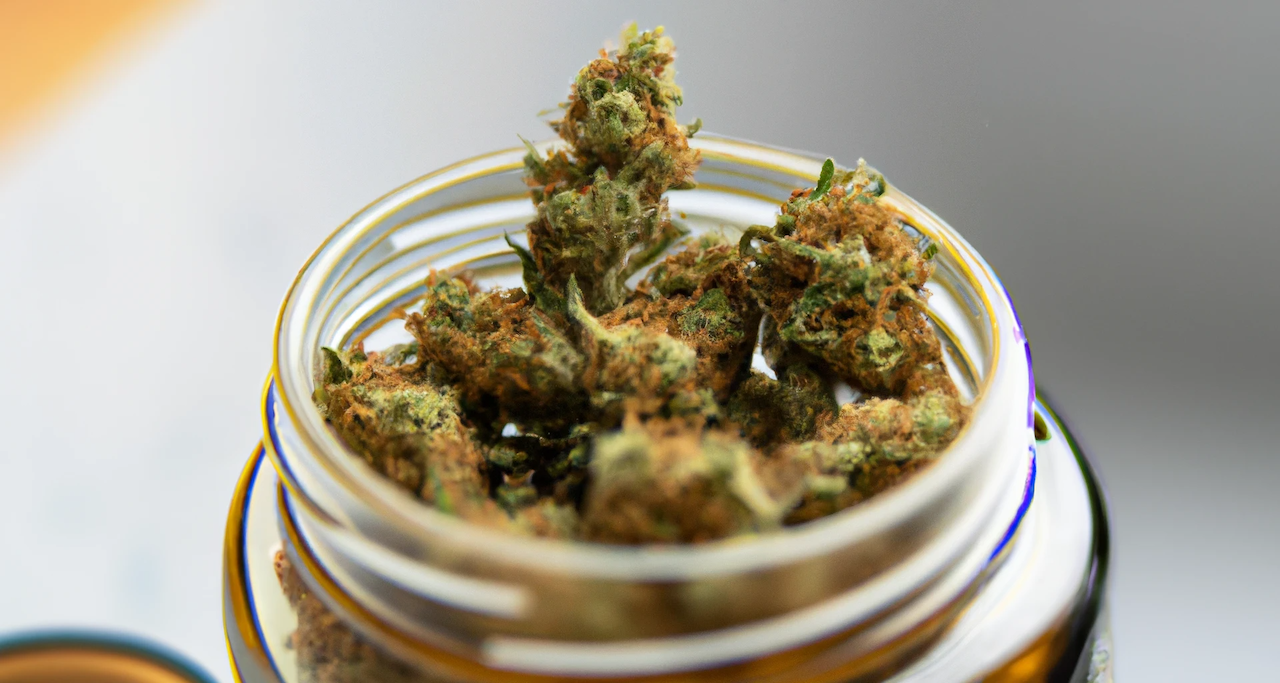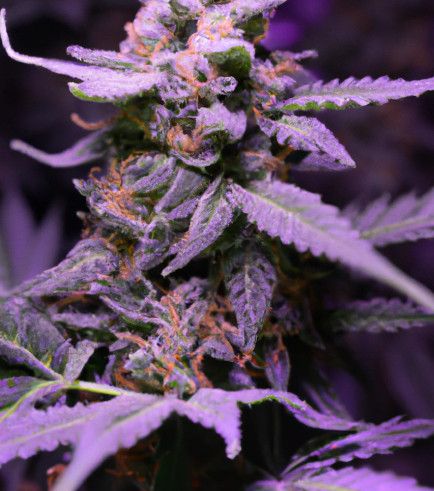Venom
Venom - Fierce Potency and Dynamic Flavour

If you're looking for a striking hybrid with a potent kick and unique flavour, Venom might just be the strain for you. In this article, we'll take a look at the history of the Venom cannabis strain, as well as its taste and smell, effects, the benefits of using it, the recommended dose, potential side effects, and tips for growing the strain.
Genetic Background of the Venom Cannabis Strain
Venom was created by Rare Dankness—a well-known Colorado-based cannabis breeder—by crossing two strains: Poison OG and Rare Dankness #1. Both parent strains have a rich history of their own. The former is thought to be a hybrid of Durban Poison and OG Kush, while Rare Dankness #1 is a cross of Ghost OG and Chemdawg. The resulting Venom strain has gained popularity over the years due to its strong effects and unique flavour profile. In fact, it won the High Times Cannabis Cup in 2018.
Taste, Smell, and Effects of Venom
Venom has a distinct aroma and flavour profile that is reminiscent of its parent strains. Its pungent, earthy aroma comes with hints of pine and citrus, which intensify in the flavour, alongside a slight hint of sweetness.
Venom is a high-THC strain, with levels ranging from 18% to 23%. As such, the effects are strong and long lasting, with a fast onset. Users report feeling euphoric and happy, with a boost in energy and creativity.
Benefits of Using Venom
Given the above effects, it should come as no surprise that Venom is reported to provide some relief from tension, low mood, rumination, and physical pain. It is also a popular choice for those seeking a creative boost to help them power through their day. Many users report feeling more focused and productive after using Venom, making it a viable choice for those in creative fields.
Dosing Recommendations and Side Effects of Venom
Venom is a potent strain, and thus users should approach it with caution—especially those new to cannabis or with a low tolerance for THC. It is generally recommended to start with a few hits and increase the amount as needed.
Common reported side effects of Venom include dry mouth and dry eyes. Some users have also reported feeling anxious or paranoid after using this strain, especially if they consume too much. It is important to enjoy Venom in moderation to avoid any unwanted side effects.
Growing Venom Cannabis
Growing Venom can be a rewarding experience for those with the necessary skills and knowledge. However, it is important to note that it is a moderately difficult strain to grow and requires attention to detail and proper care to produce a high-quality crop.
Venom is a moderate-to-tall plant that can reach or exceed 2 metres in height. It has a fast flowering time of around 8–9 weeks, which is relatively short compared to other hybrids. In terms of yield, indoor hauls range from 400–600g/m² and outdoor yields range from 500–700g/plant.
Tips for Growing Venom Cannabis

One of the first things to consider when growing Venom is the environment that it requires. It is a fast-flowering plant that prefers a warm and dry climate, and it thrives in plenty of light. Also, Venom makes a good candidate for the highly controlled nature of hydroponic growing, although it can be successfully grown in soil as well.
It is important to monitor the temperature and humidity level to ensure optimal conditions. The ideal temperature for growing Venom is 20–27°C during the day and 16–20°C at night. The humidity should be maintained at 40–50% during the vegetative phase and around 30–40% during bloom.
Venom takes well to most dedicated cannabis fertilisers, and is neither an over-feeder nor an under-feeder. It is, however, recommended to use a high-quality fertiliser that is specifically designed for marijuana.
Pruning and training can also help to increase Venom’s yields and improve the quality of the buds. Techniques like lollipopping, topping, and even main-lining are suitable here. It is also possible to control the plant’s growth using low-stress training, which involves bending and tying down the stems and branches to encourage lateral growth and increase the number of bud sites.
One potential challenge when growing Venom is the risk of pests and diseases. It is important to monitor the plants regularly for any signs of infestation or infection, such as spider mites, whiteflies, or powdery mildew. Using organic pest control methods like neem oil, and maintaining a clean and sterile growing environment, can help to prevent infestations and keep plants healthy.
Sink Your Teeth Into Venom

Venom is a potent hybrid strain that offers a unique flavour and strong effects. It’s a great choice for experienced cannabis users seeking relief from stress and pain, or a creative and energetic boost. Just make sure to proceed with caution to avoid experiencing side effects like anxiety and paranoia.
If you're interested in growing Venom, be prepared to give it the attention and care it requires. Though by no means impossible to grow, it is a moderately demanding strain. But with the right skills and knowledge, it can produce a high-quality crop of dense, trichome-covered buds.
Venom Cannabis Strain: FAQ
Q: What is the strength of Venom cannabis?
A: Venom is known for its potent effects, with THC levels ranging from 18–23%. This high-THC strain is recommended for experienced cannabis users. It is important to approach Venom with caution and start with a low dose, especially if you are new to cannabis or have a low tolerance for THC.
Q: Is Venom a sativa or indica strain?
A: Venom is a hybrid strain featuring both sativa and indica genetics. It is a cross between Poison OG, a hybrid of Durban Poison and OG Kush, and Rare Dankness #1, a hybrid of Ghost OG and Chemdawg.
Q: Is Venom an OG sativa strain?
A: No, Venom is not an OG sativa strain. It is a hybrid strain that was created by crossing Poison OG and Rare Dankness #1. While Poison OG has OG Kush genetics, it is not a pure sativa strain.
Grow your own Venom
- Grow difficulty
- Medium
- Flowering type
- Photoperiod
- Flowering time
- 8-9 weeks
- Yield (indoor)
- 400–600g/m²
- Yield (outdoor)
- 500–700g/plant
- Height (indoor)
- Tall
- Height (outdoor)
- 2m
.jpg)
.jpg)

.jpg)

